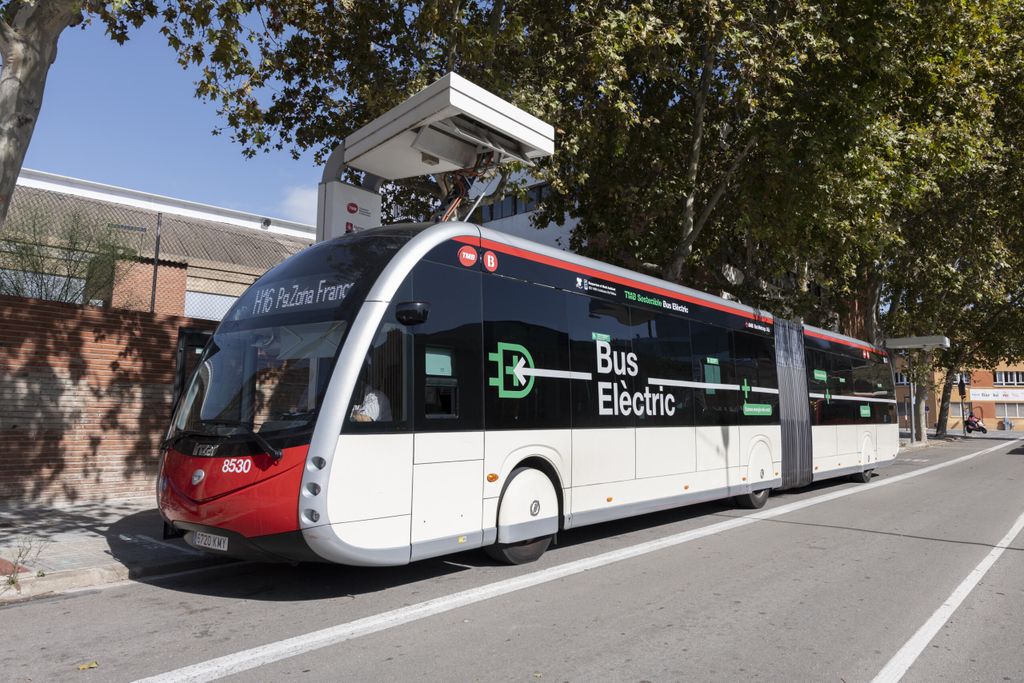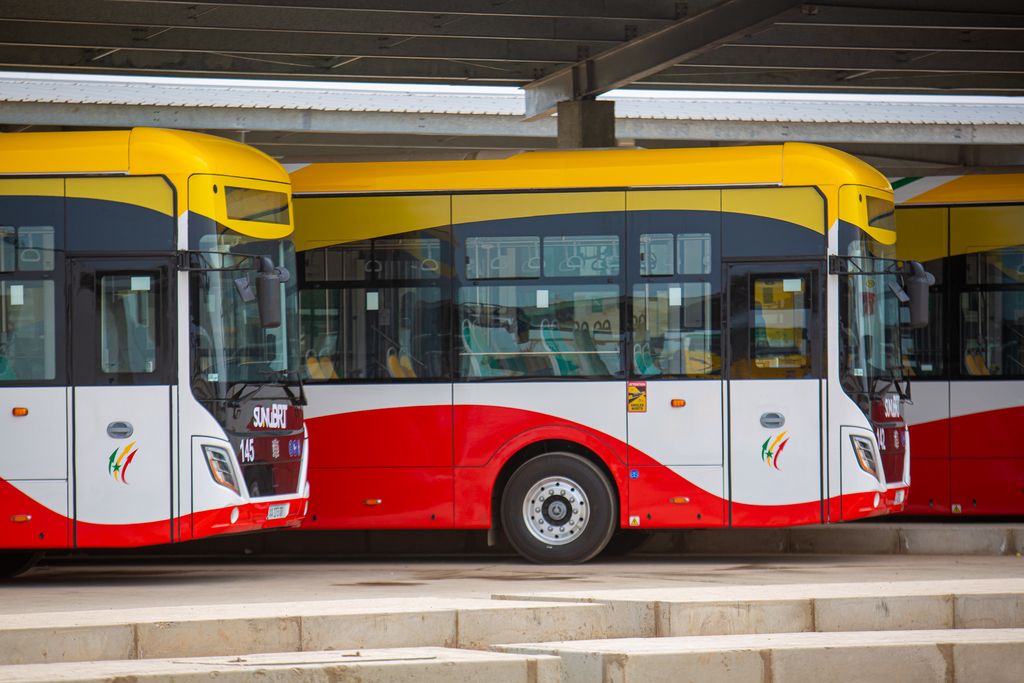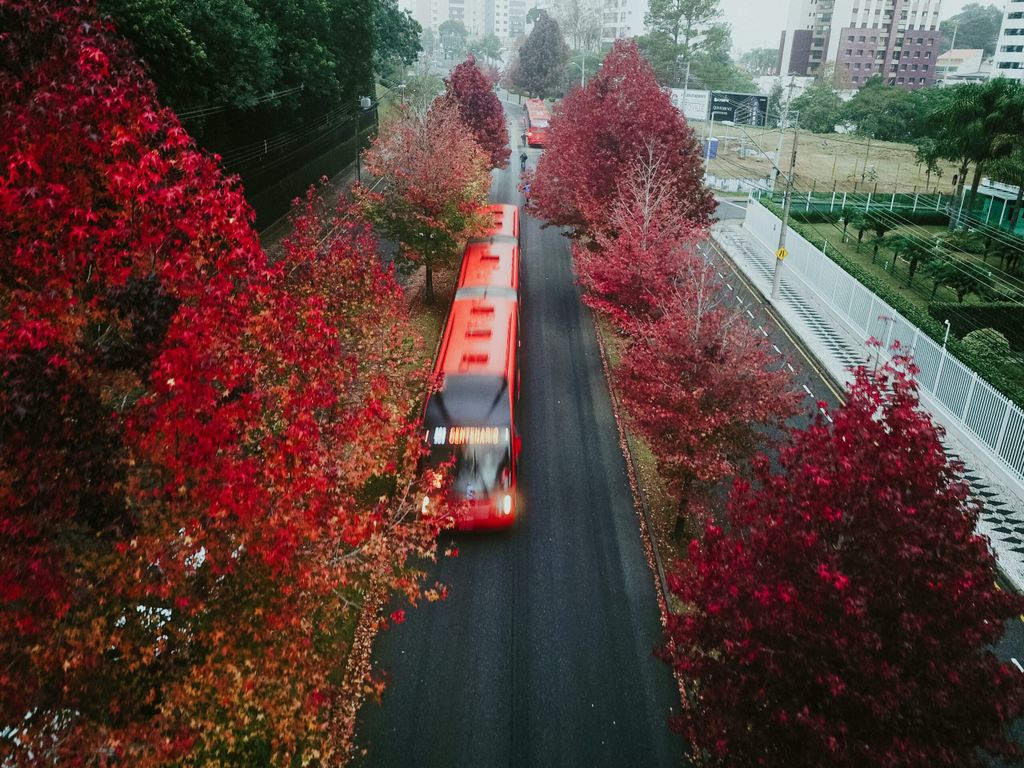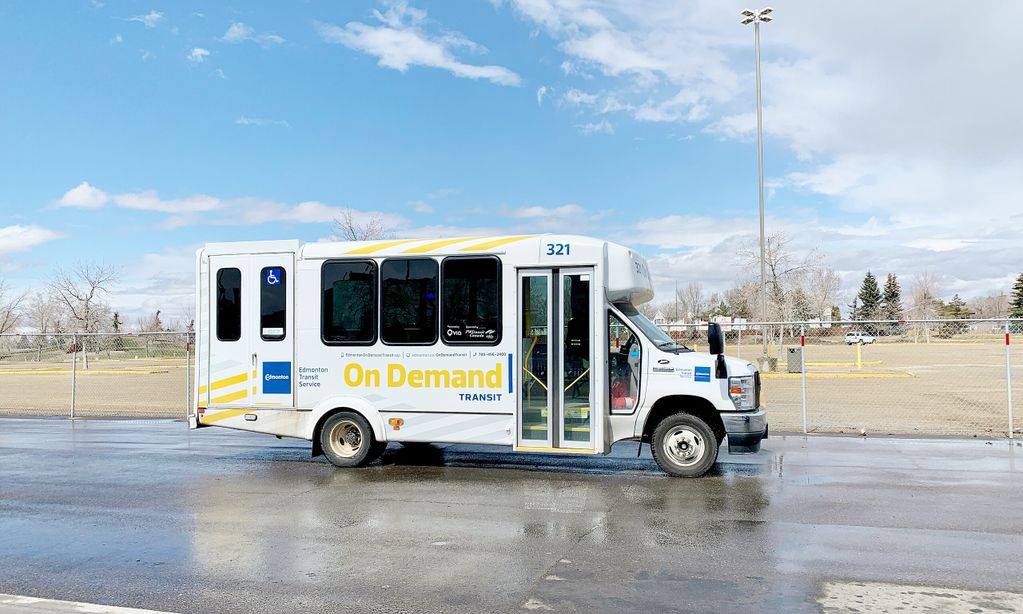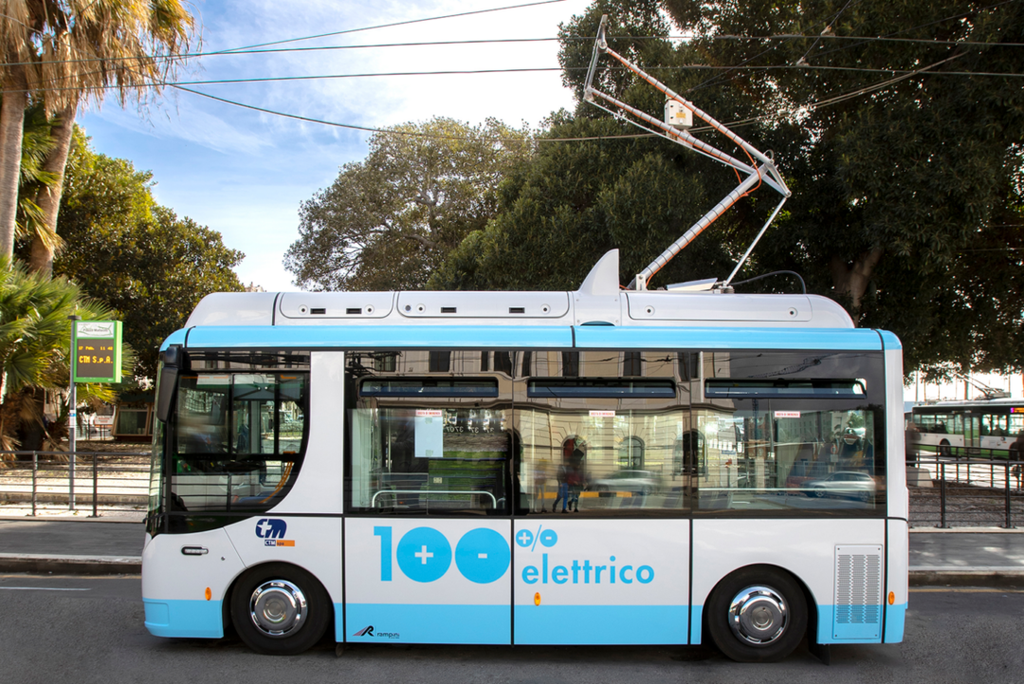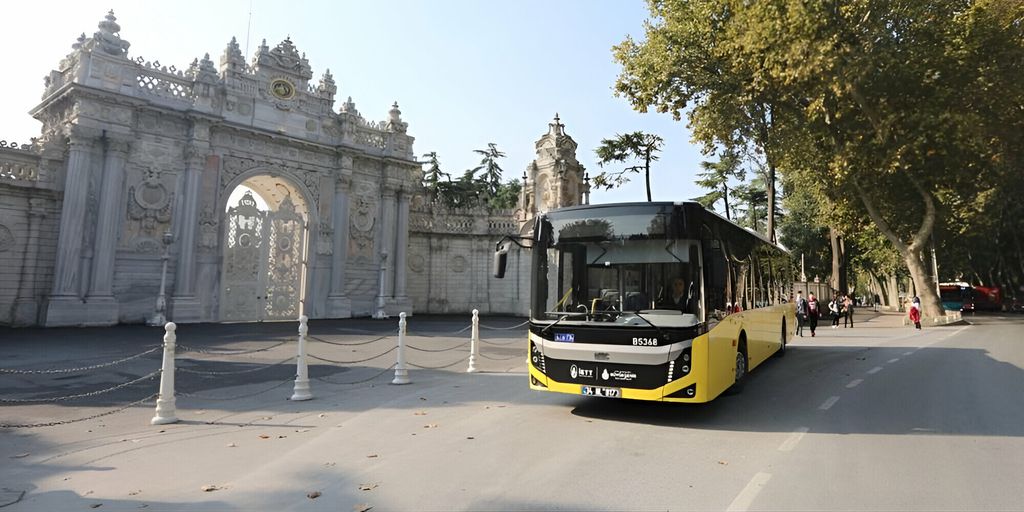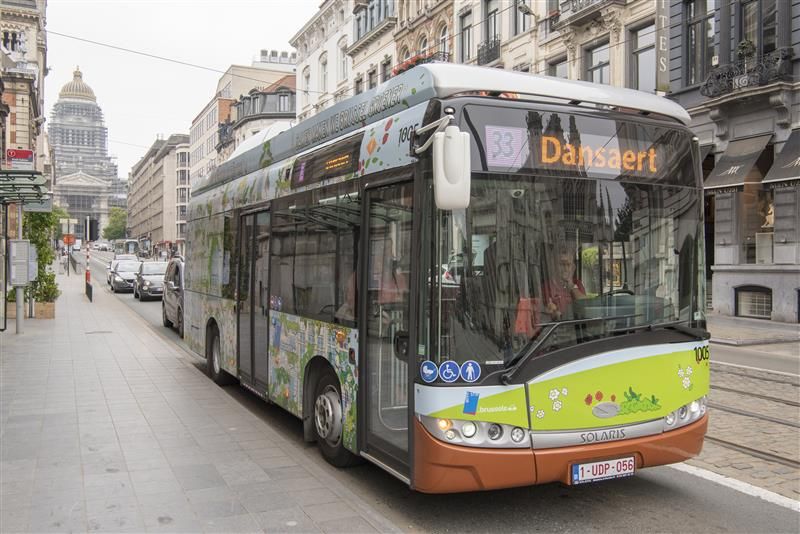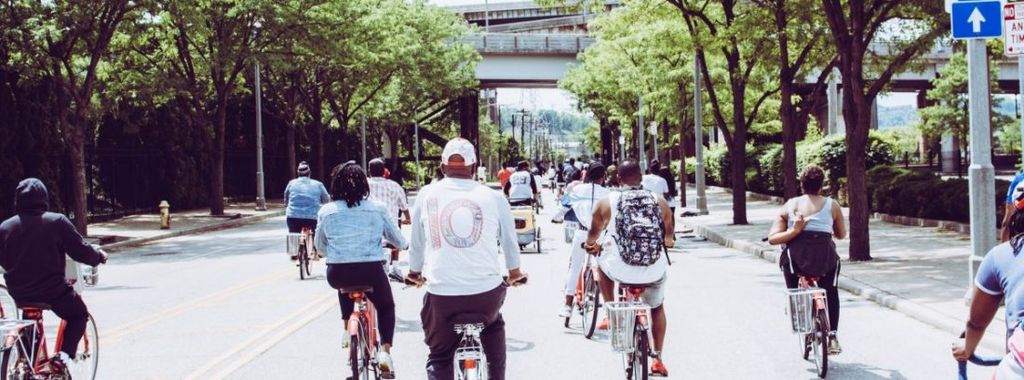
Rethinking the streetscape with new mobility services
With urban areas responsible for 70% of global carbon dioxide emissions, it is imperative that local authorities are taking further action on reducing pollution.
New mobility services such asbike-sharing, ride-hailingandcar-sharingoffer the opportunity toreduce private car tripsby providing different ways to move around. And yet, they also impactstreet management, urban infrastructureandland-use.
The release ofour new Policy Brief,New mobility and urban space: How can cities adapt?, aims to understand the impacts of these mobility services on the urban streetscape and how cities can remain inclusive, safe and resilient.
While authorities acknowledge the significance of thriving street life for social and economic welfare, more still needs to be more done toreduce congestionin cities. This means providing real alternatives to individual car use, dedicating space tomore efficient modesand buildinginfrastructure to support active mobility.
This Policy Brief weighs up the opportunities and challenges for enabling other new forms of mobility services, offering support onprioritising street space and urban infrastructure.It argues for the importance of understanding cities on astreet-level, and provides further support for local authorities on gathering such small-scale information and how to make use of this data. Understanding and analysing the kerb can identify solutions to improve the daily lives of residents.
Cities need to decide which services to encourage, how to accommodate them and how to regulate them so that they complement public transport without adding more pressure onto roads.
Yet with the arrival of more and morenew mobility services, city authorities are forced intorethinking how mobility is managedand renewing their mobility plans. New mobility services could in fact compete with public transport and quickly increase the number of vehicles on the road. Ignoring new forms of mobility is not an option. City authorities should beevaluating which modes to prioritisefor their local needs, ensuring that they can be sustainably integrated into the urban mobility system.
When successfully managed, new mobility services and public transport offer a complete mobility solution and a real alternative to car ownership. This is the mobility system of the future that our cities need.
Read our official press release
Get the full policy brief here
Interested inon-demand buses and shared services?Register for our online training course from 1-17 June 2020 here!
become a member

